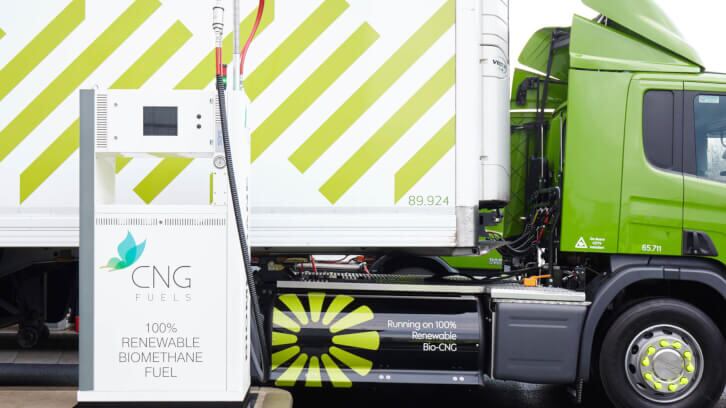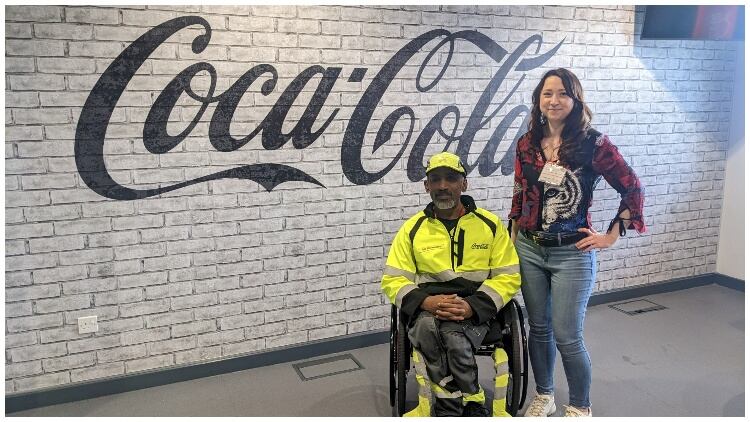The Kent-based facility which sits at 70,0002ft is Cook’s third savoury site in Sittingbourne, and will see its savoury production increased by 50%.
The construction, known as ‘Project Tenzing’, began around two years ago and has been led by the team at DDK, which prides itself on sustainable and economical builds.
Speaking about the partnership, Cook Food’s general manager of new kitchen infrastructure, Ben Walker, said this was an important factor in choosing the right contractor and believes this site will be its “most efficient kitchen to date”.
Digital twin technology played an important part in creating this efficient kitchen. Using a virtual environment, DDK is able to determine and calculate where savings – both financial and environmental – can be made.
For example, savings can be made in the clever placement of pipework, as the new Cook site demonstrates. Virtual reality is also used to show these perks more clearly to the customers before construction begins, allowing them to ‘walk’ around the facility.
“In the same way you can measure a floor, we can use digital twins to calculate the building’s carbon count,” explained DDK’s director, Tim Dixon.
For Project Tenzing, a lot of equipment (like cooling system sub panels) has been stored in the roof space, removing the requirement of external plant rooms. It has also been designed so that ‘related’ equipment is situated next to one another to make maintenance easier and make the most of space.
Moving down the stairs into the main site, nifty hygienic designs have been put in place, including sloping panel tops and gaps between the wall and pipework. Natural light has also been a focus point, with large windows providing workers a much nicer environment during long hours inside.
Along with efficient design, efficient delivery of materials was another focal point - and this was made much easier through the system DDK boasts. As Dixon described to Food Manufacture, the sequence in which construction takes place is very particular – in other words, you don’t want your doors arriving at the wrong time with limited space to store them. By using an intelligent tech-enabled system, the DDK team can enter timelines and deliveries are then automatically calculated and adjusted where necessary.
Overall, Dixon believes the organisation and clever design additions of the build are testament to a team with a background in food.
Compared to a house or office block, he believes a food factory’s design is much more specific and without that knowledge, it’s difficult to create an efficient plant.
“All the people within DDK have come from an FMCG background and that makes a massive difference when it comes to defining what goes in at the construction stage,” he said.
The new site will host around 200+ employees and 30 lines, with all pastry production moving across to this facility. It's estimated that this kitchen will be producing around 15m meals a year when fully up and running.




